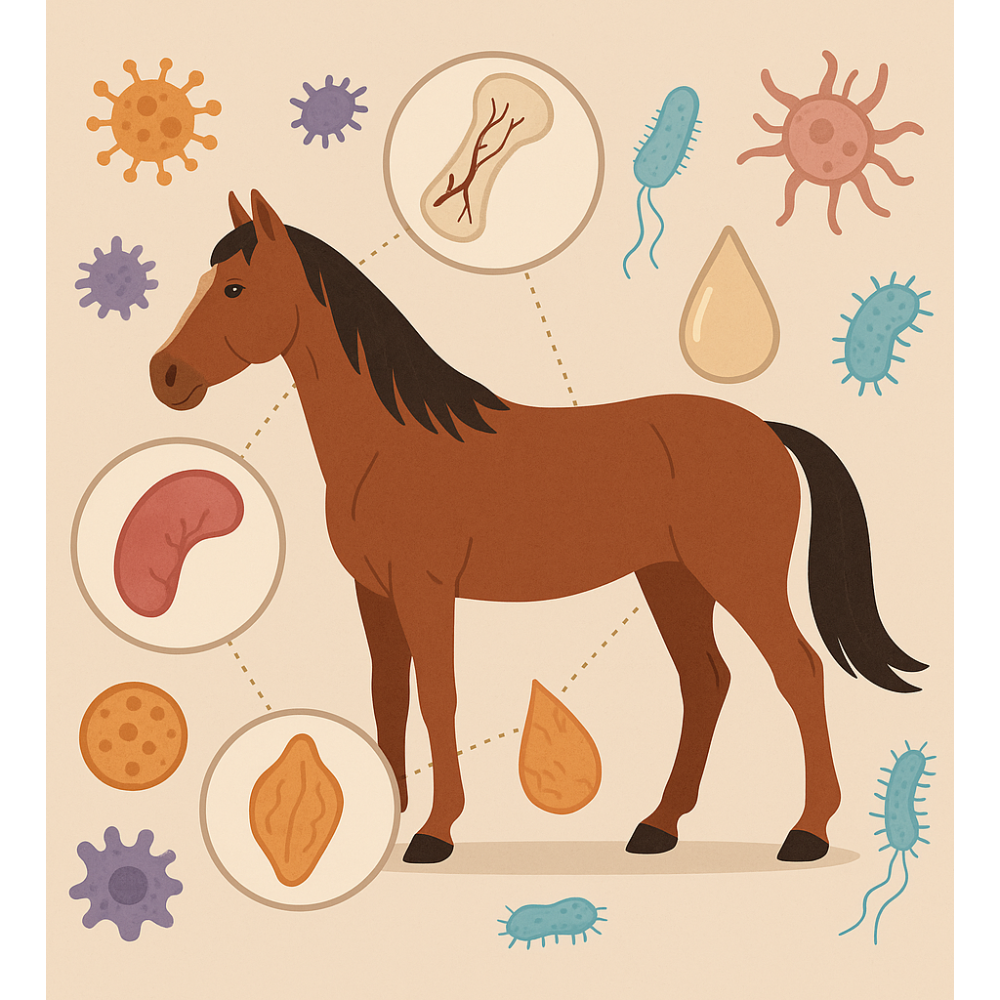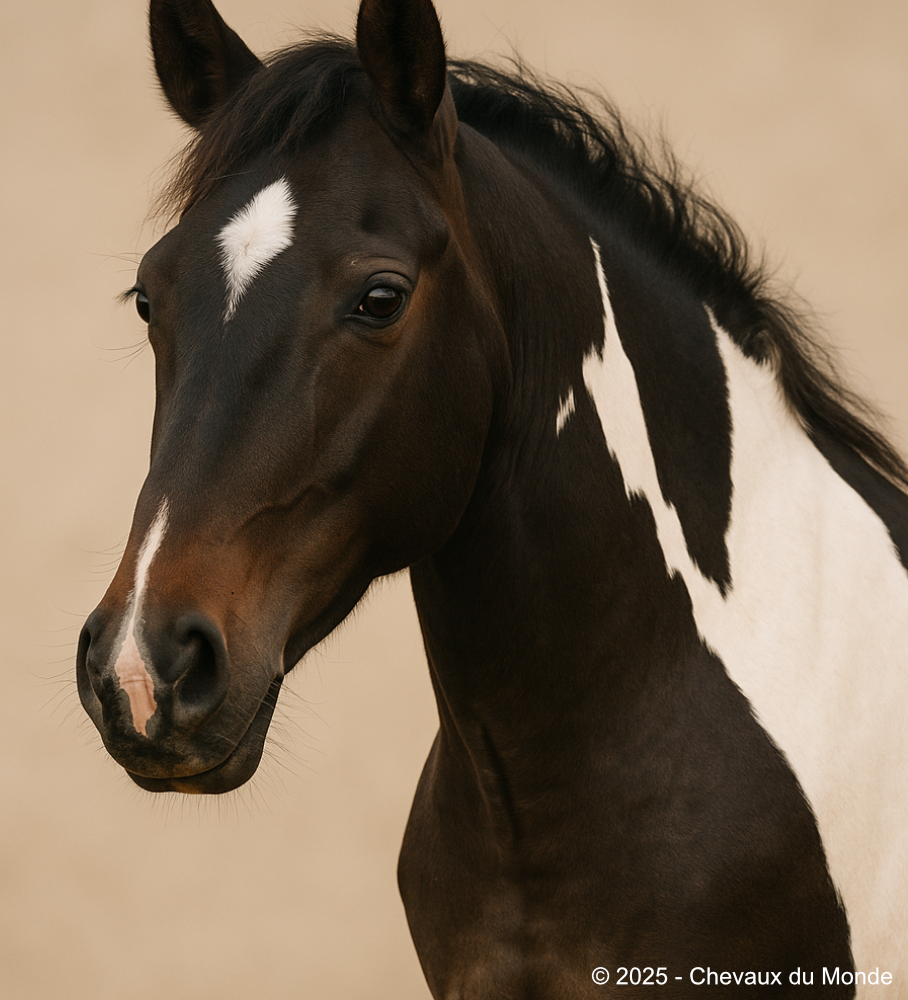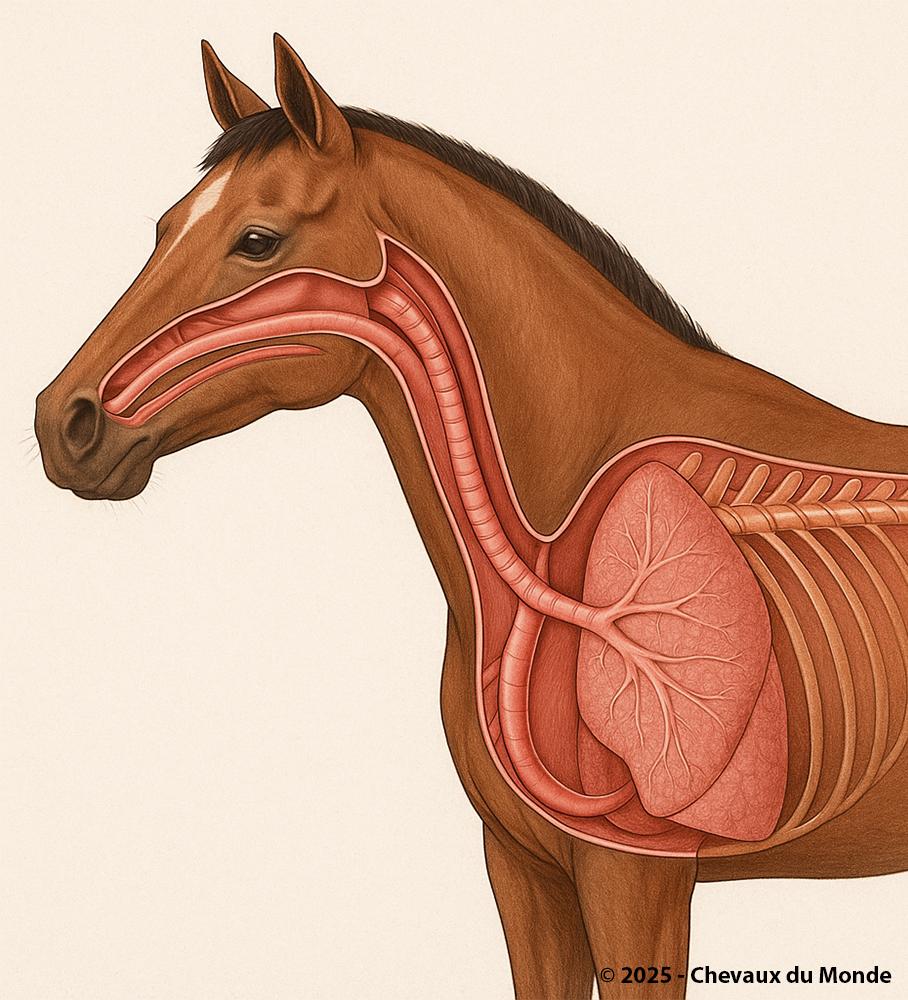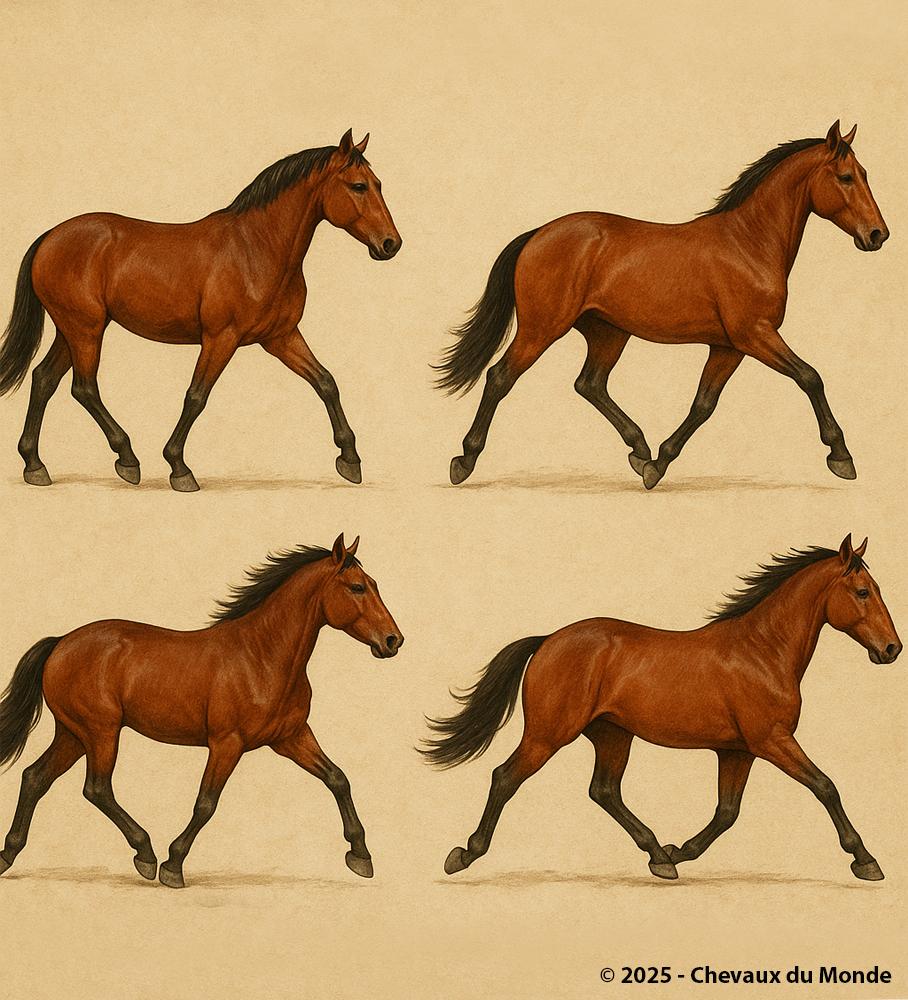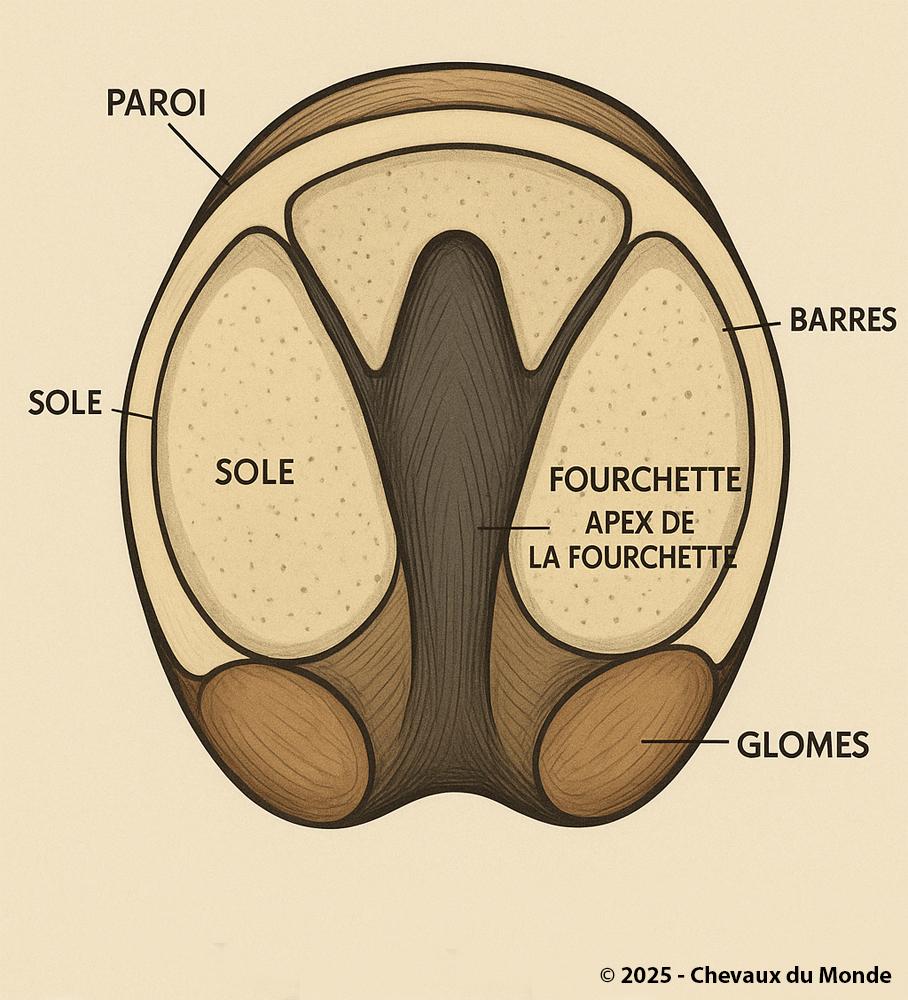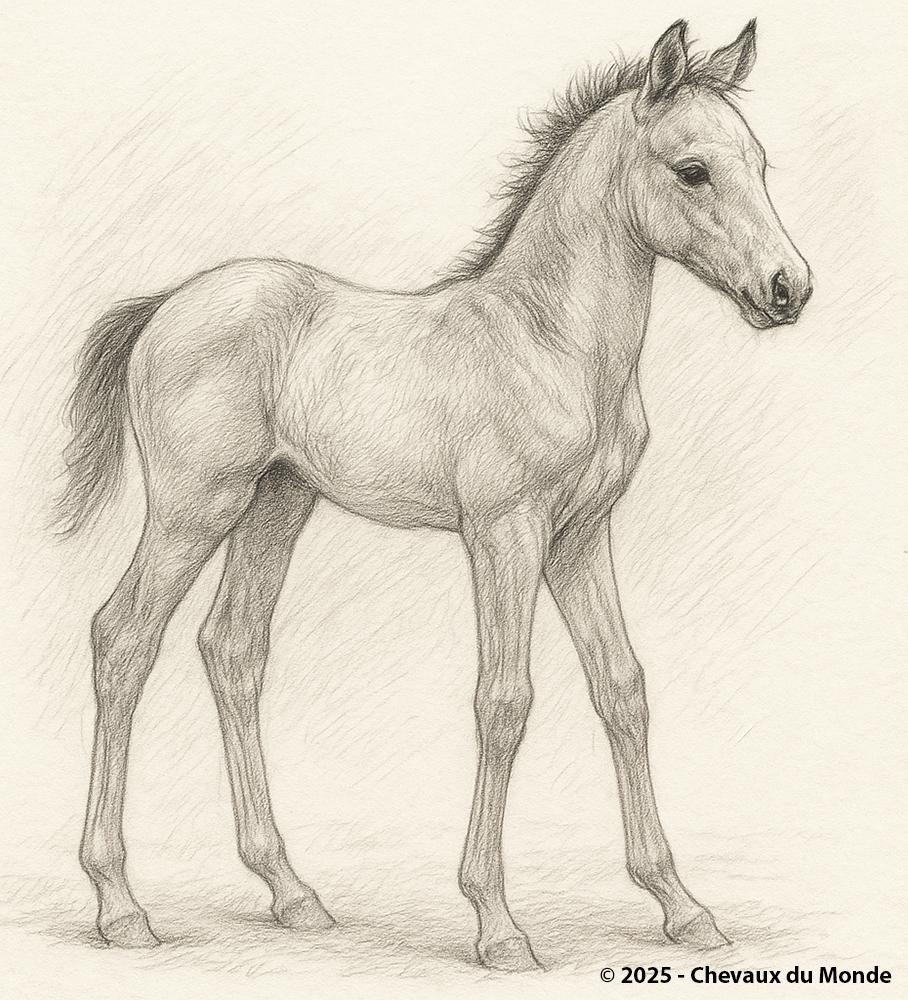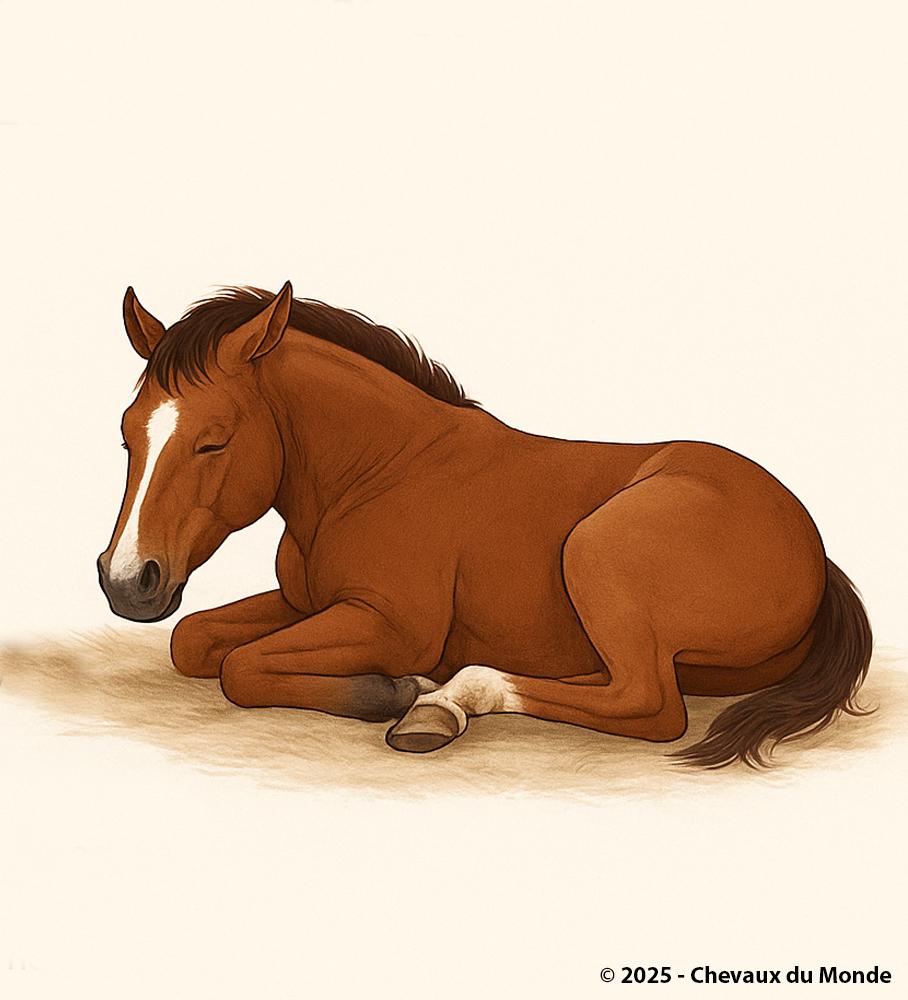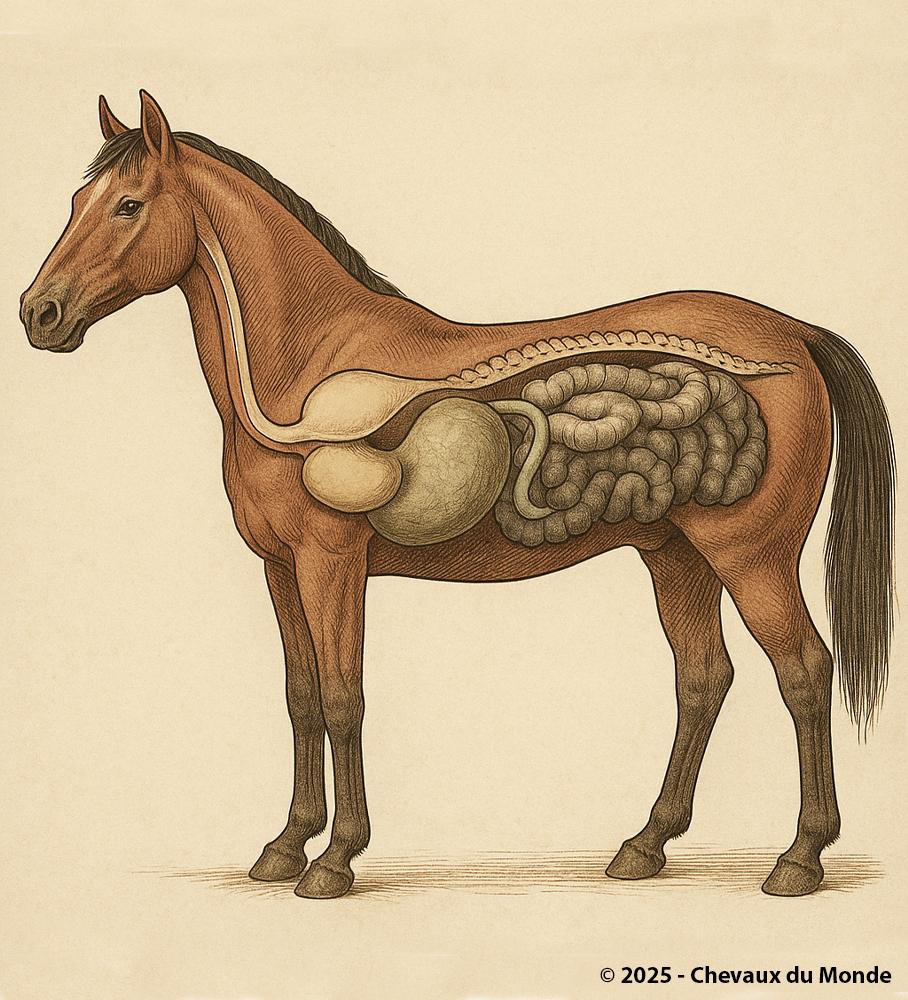HOW DO WILD HORSES MAINTAIN THEIR HOOVES?

Wild horses don’t need farriers—nature trims their hooves.
Unlike domestic horses that require regular care from a farrier, wild horses have no one to trim or shoe their hooves. Yet, their feet generally remain healthy, strong, and well-worn. So how is this possible? Here are the natural mechanisms at work.
1. Constant Natural Wear
Wild horses travel long distances every day sometimes up to 30 kilometers or more in search of water, food, or to flee predators. These constant movements across various terrains (sand, rocks, dry grass...) cause regular wear on the hoof wall.
- Hooves grow naturally (like human fingernails)
- This growth is balanced by natural wear, preventing overgrowth
- Hard or abrasive ground acts like a natural file
2. A Self-Adapting Hoof Shape
Wild horse hooves take on an optimal natural shape: rounded, compact, and slightly concave, with low, non-sloping heels. This shape results from a balance between growth and wear.
- The hoof becomes both strong and flexible, and well-balanced
- The sole (bottom part) stays thick and resistant
- The hoof naturally adapts to its environment
3. No Horseshoes: More Flexibility
Wild horses are not shod. This allows their feet to fully play their role as natural shock absorbers:
- The hoof can expand slightly with each stride, promoting blood circulation
- No metal means less rigidity and mechanical stress
- This reduces the risk of laminitis or chronic lameness caused by poor shoeing
4. Ruthless Natural Selection
In the wild, horses with deformed, weak, or painful feet are at a disadvantage. They may struggle to flee predators, access food, or keep up with the herd.
- This process of natural selection strengthens hoof health across generations
- Only individuals with strong, healthy feet survive and reproduce
5. A Lifestyle Unlike Domestication
The lifestyle of wild horses naturally promotes hoof health:
- A more natural diet (less rich than industrial pellets)
- Constant movement (no confinement in stalls)
- Often dry climates (less mud and moisture that cause infections)
What About Domestic Horses?
Domestic horses don’t have the same freedom of movement or terrain variety. They often need:
- Regular trimming (every 6 to 8 weeks)
- Sometimes horseshoes, depending on activity and surfaces
- Veterinary and farrier care, since natural wear is insufficient
Wild horses maintain their hooves naturally through constant movement, abrasive ground, lack of shoeing, natural diet, and genetic selection. This model inspires modern alternative approaches such as natural hoof trimming in domestic horses.

